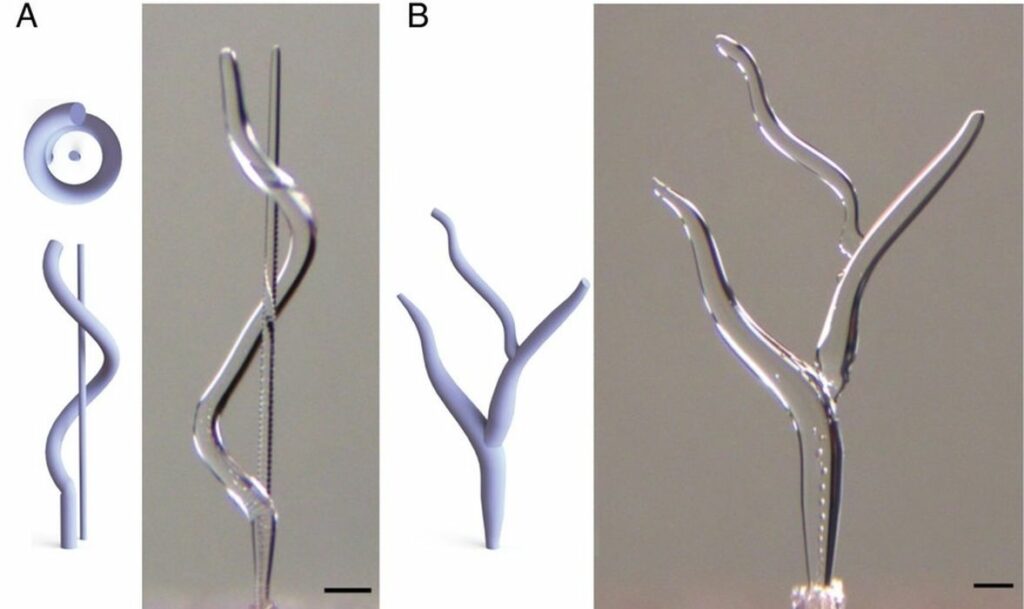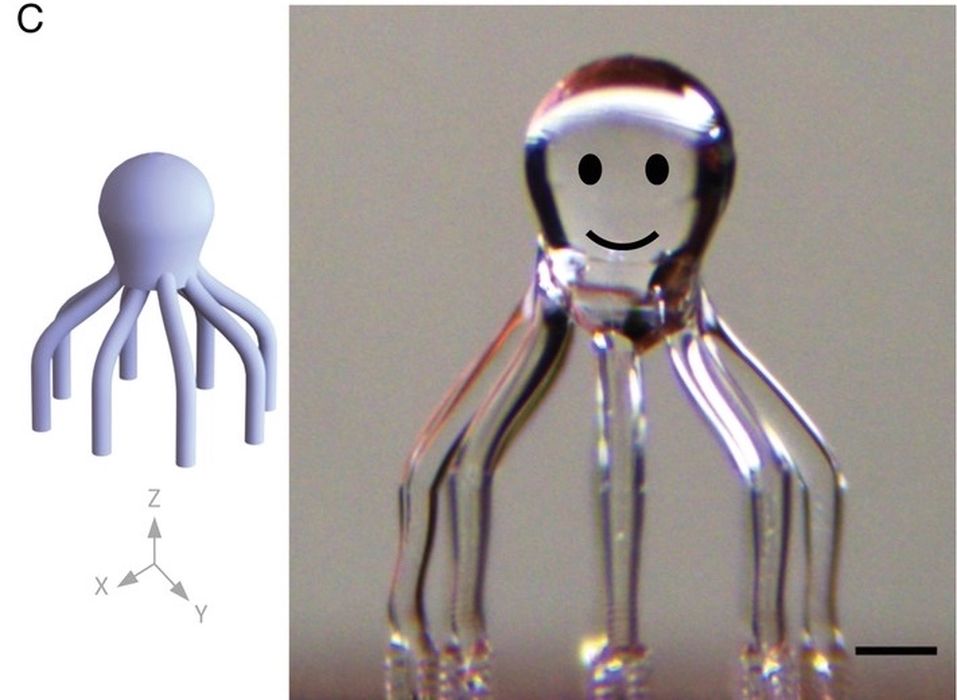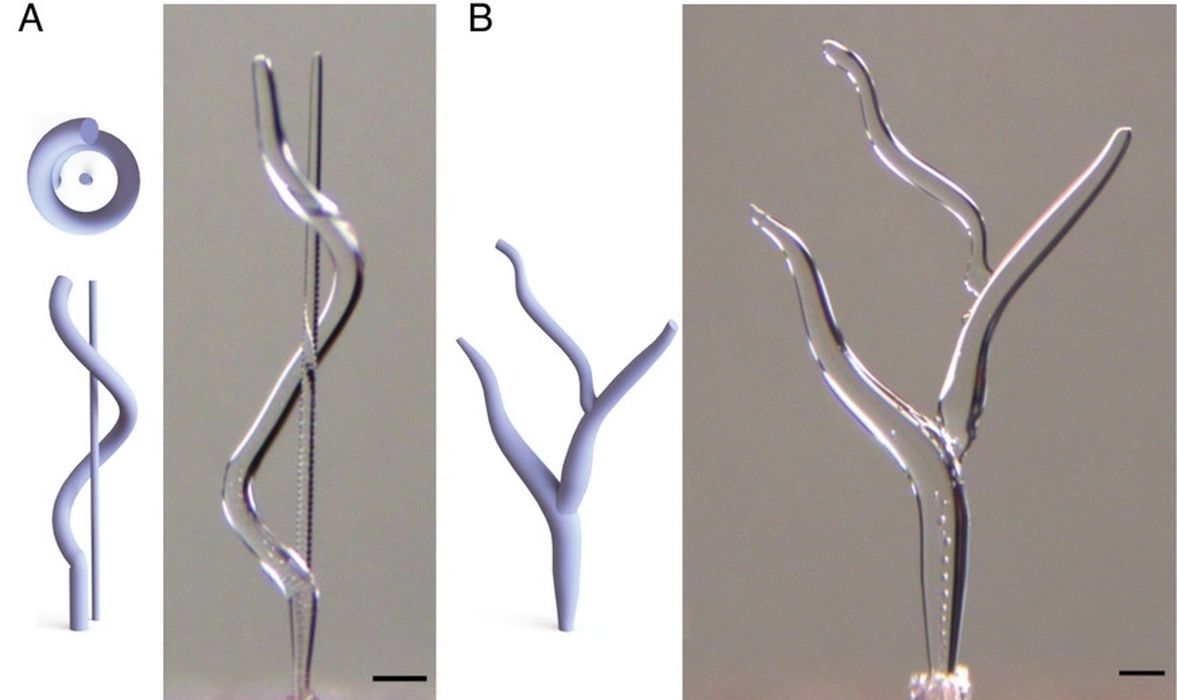
There’s now a way to 3D print ice.
Yes, water ice. But at first you might be curious why anyone would want to do so, because that print wouldn’t last very long, would it?
It turns out there are very good reasons for developing ice 3D printing, and it has to do with bioprinting.
Many tissues require small channels for liquids, and these are complex structures that must be extremely smooth to allow for easy fluid flow.
Bioprinting can produce such structures, but not smoothly. The problem with 3D printing this type of structure smoothly is that it can’t usually be done with materials that are biocompatible.
That’s where the Carnegie Mellon researchers come in, as they had the crazy notion of 3D printing these structures in water. Ice, actually.
Ice can be made to have very smooth surfaces, and that is the key to this new technology.

The process involves depositing tiny droplets liquid water through a piezoelectric nozzle into a build chamber that’s cooled to -35C. The water freezes almost instantly, but as it does it fuses smoothly to existing ice structures. This makes it easy to build ice structures with smooth surfaces.
CMU explains the process:
“A high-resolution 3D printing system is used to deposit water droplets onto a -35 ◦C custom-built temperature-controlled platform that rapidly transforms the water into ice. By modulating the ejection frequency of the water droplets and synchronizing it with movements of the stage, the new process enables printing branched geometries with smooth surfaces and continuous variations in diameter with smooth transitions. The researchers demonstrate this by printing multiple complex ice geometries, such as a tree, a helix around a pole, and even a one-and-a-half-millimeter tall octopus figurine. The rapid phase change of the water and the strength of the ice enabled freeform 3D printing of ice structures without requiring time-consuming layer-by-layer printing or support structures.”
This all makes sense until you consider the original question: how do you make structures with channels? The ice structures described above are not hollow, and they’d melt instantly at room temperatures.
The next step in the process is to immerse the ice 3D print in the desired channel material. The material is allowed or triggered to solidify, and the ice can be liquified with a bit of heat and poured away. Alternatively, the ice could be vaporized through a sufficient amount of heat, enabling removal of the water from any crevice in the structure.
The beauty of this approach is that water is entirely biocompatible. In fact, we’re mostly made from water. This makes it relatively straightforward to create biocompatible microstructures using a “lost water” process.
The research paper describes the considerable analysis undertaken by the CMU research team, which investigated a wide variety of 3D printing parameters. Their findings should enable others to further develop the process, and possibly eventually commercialize the technology.

